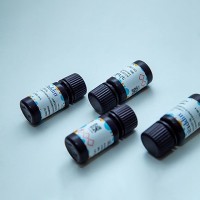Initial Extraction and Product Capture
互联网
590
A fermentation broth is a complex mixture of components that often contains only trace amounts of a desired product. Microorganisms typically produce a desired product at low concentration (<3% w/v), and in the early stages of research and development, desired compounds may only be present at the few parts per million concentration in fermentation broth, making the initial capture task even more challenging. The primary goals of the initial capture stage are to concentrate the product, separate the product from the biomass, and purify the product from dissimilar impurities. Final purification that separates closely related impurities is typically achieved via preparative chromatography or crystallization. In most situations, initial capture requires a sequence of operations to achieve the goal of a concentrated, sufficiently purified extract suitable for the final purification step, and, as such, it can represent a significant investment of resources.
This chapter has four sections that focus on laboratory-scale capture steps: solids removal, solvent extraction, solid phase adsorption, and expanded bed adsorption. Although these techniques are widely applicable, most of this chapter is aimed at extraction of microbial fermentation broth. Techniques specific to initial extraction of plants and marine organisms can be found in Chapters 12 and 13, respectively. The first section describes laboratory-scale procedures for batch filtration and centrifugation. The second section describes solvent-extraction procedures with either water-miscible or -immiscible solvents. The third section describes using adsorbents for solid-phase extraction. The fourth section describes a technique known as expanded bed adsorption, which is unique in that it enables resin-column recovery of product directly from unclarified fermentation broth.







